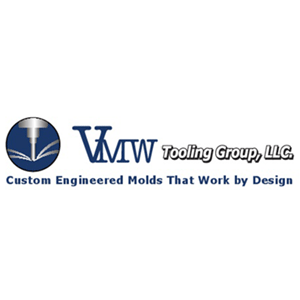Reaction Injection Mold (RIM) Tooling Makes Quality Parts
RIM (Reaction Injection molding) Tooling is often thought of a “cheap” or lower quality process. This couldn’t be further from the truth. RIM tooling is a lower cost alternative both in process and tooling over many other processes. RIM tooling like any other process has distinct advantages dependent on annul part volumes and part geometry.
Today’s manufactures would be well served to consider RIM for certain applications in order to realize the potential cost savings that can be achieved with the RIM process. The products and quality requirements made from RIM tooling can contain molded in inserts, complex part geometry, undercuts and can also allow a post painted Class A surface. This wide variation of applications is why manufactures shouldn’t ignore the potential of a RIM molded product from their projects.
Benefits of RIM Tooling and RIM Molding
- The RIM process can be a lower cost process over other forms of molded plastic due to the ability to successfully run RIM parts on composite tools and certain grades of aluminum.
- RIM uses overall less energy than other manufacturing methods because RIM tooling takes less energy to create than steel tools thus supplying a lower cost outlay to the OEM’s.
- RIM does not require high heat, typically RIM molding temperatures are between 90-140 degrees F. Also, RIM has a much lower molding pressure required to form the product thus saving dollars on capital equipment outlay.
- RIM is the natural choice when creating large plastics parts because of its lower viscosity and superior strength over other competing processes. Ribs, gussets and additional support geometry can be included into the overall part design as needed.
- RIM can be used for short run, prototypes, limited production and bridge tooling.
- RIM encapsulation has distinct advantages when a molded in or encapsulated component is required.
- When component protection is needed or over molding is required the RIM process can add value and save post operations on the final assembly of the product.
- RIM tooling can be used to create any surface finish. Class A surfaces to initial prototype parts for evaluation all fit into the RIM process and can be easily achieved.

